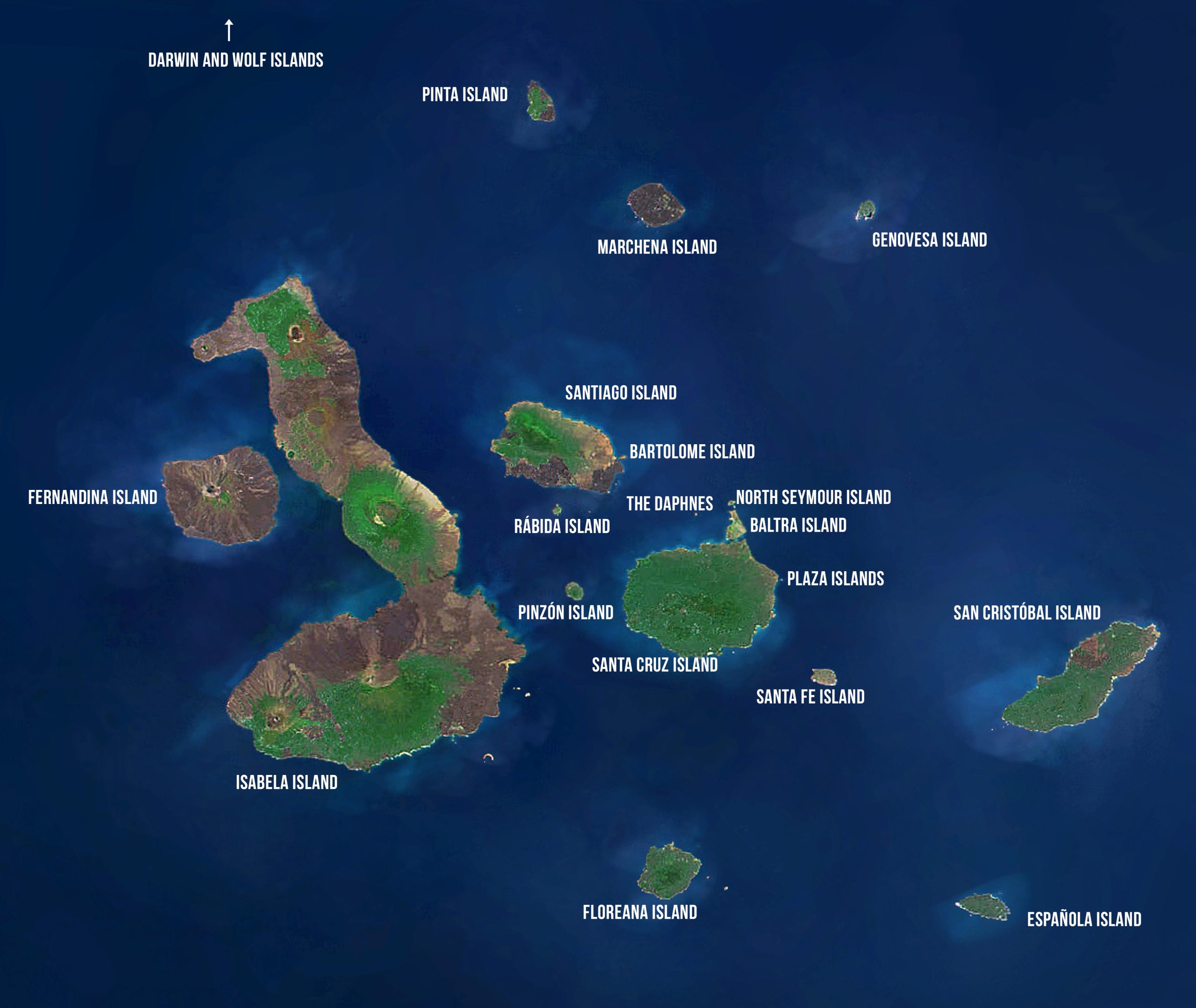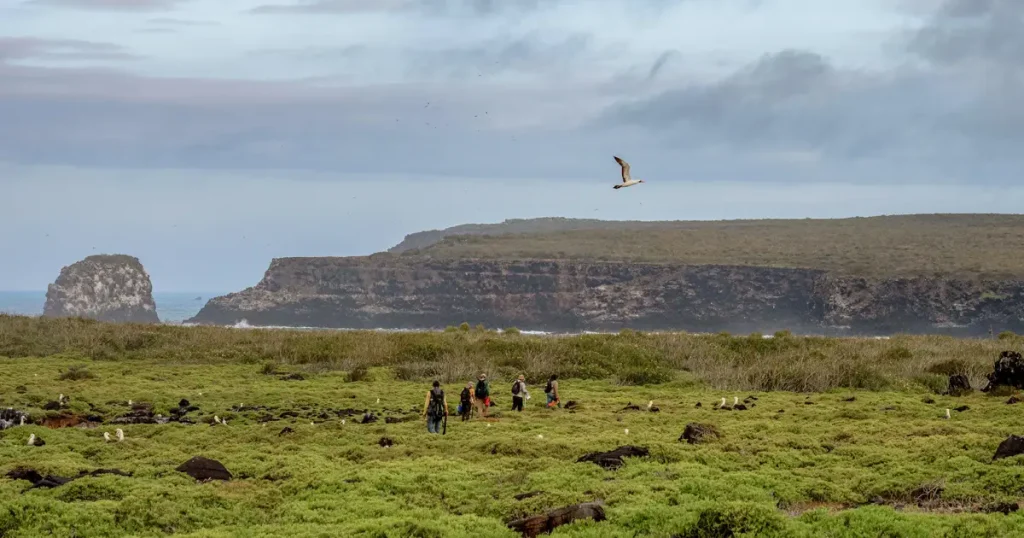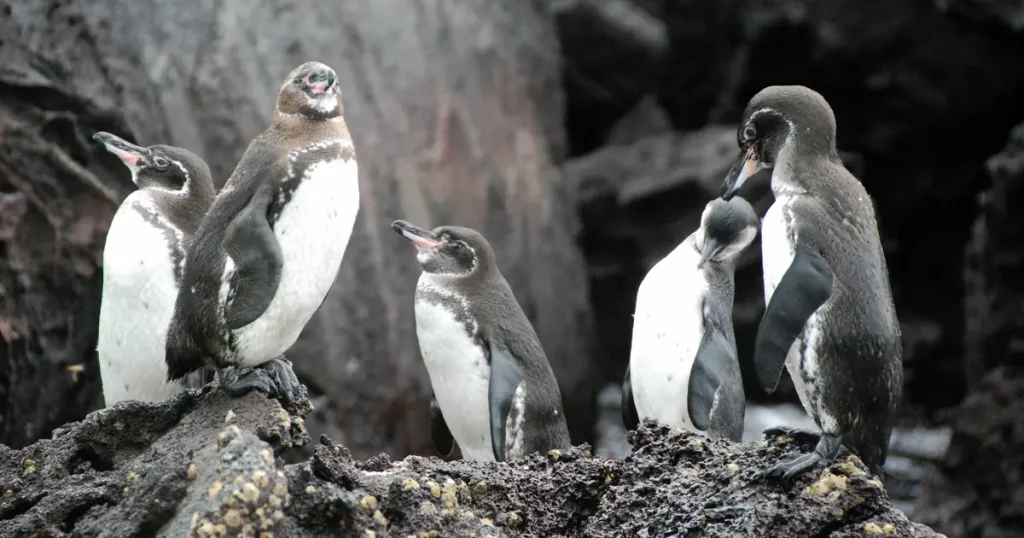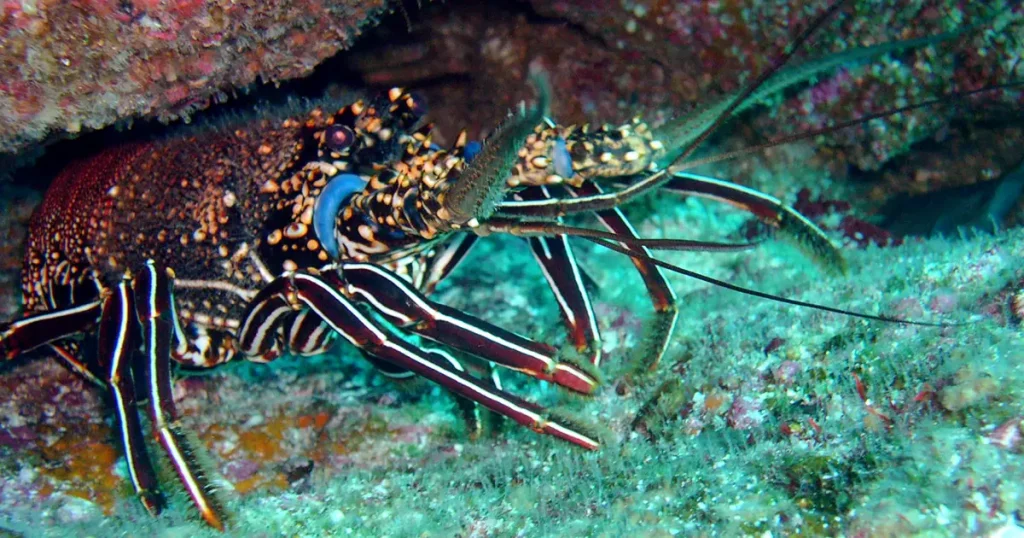Baltra Island

Baltra Island
Area: 21 km2 or 8 mi2
Maximum Altitude: 100 m or 328 ft
Human Population: Personnel from the Ecuadorian Navy and the Ecuadorian Air Force
HISTORY
Also known as South Seymour, Baltra is a small, flat island located near the center of the archipelago that was formed by a series of uplifts of submarine lava, resulting in flat plateaus. The island was of little interest to humans until the 1930s, when Franklin Delano Roosevelt visited aboard the USS Houston, as the US government sought to establish an air base in the Pacific to protect the western approach to the Panama Canal. While consideration was given to San Cristóbal because of its water supply and human population, Baltra was chosen because of its location at the center of the archipelago and its flat topography. Construction of the airbase began in February 1942 and within two months a mile-long airstrip was completed. With time, associated infrastructure grew to over 200 buildings, including barracks for 1,000 soldiers, hangars, office buildings, an outdoor beer garden, a cinema, and even a bowling alley (constructed after Eleanor Roosevelt visited the island and described conditions for the soldiers as “deplorable”). From the air it is still possible to see the foundation lines of many of these buildings. Soldiers stationed on Galapagos referred to Baltra as “The Rock” and were considered among the toughest members of the US Sixth Air Force.
At the end of the war, the United States turned the base over to the Ecuadorian government, which offered each head of household in Galapagos one of the buildings. Many carefully deconstructed their building to provide building material for their own homes on both Santa Cruz and San Cristóbal. Ecuador used the base to establish their own airstrip in Galapagos, with the first commercial flights arriving in 1963. Today the island continues to serve as an official Ecuadorian military base, with bases for both the Navy and the Air Force. Baltra has the primary fueling station for boats out of Santa Cruz.
TODAY
Baltra Island, home to one of two airports connecting Galapagos with mainland Ecuador, is the point of arrival for most travelers to Galapagos. After clearing the immigration desk at the airport, travelers are transported by bus to the cruise ships anchored at Aeolian Bay or to the dock at the Itabaca Canal, where ferry service connects Baltra with the island of Santa Cruz. In 2007, the Baltra Airport began remodeling to include additional restaurants, shops and an improved visitor area. The remodeling was expected to be finished by late 2008. Baltra is arid and its vegetation is dominated by salt bush, prickly pear cactus and Palo Santo trees. A large number of birds can be observed, including boobies and frigatebirds. There are no visitor sites on Baltra. However, there are visitor sites on nearby islands, including North Seymour, Mosquera, and Daphne Major. In addition, there are five marine sites around North Seymour and Daphne Major and Minor.
CONSERVATION CHALLENGES
Baltra Airport has the most flights into and out of Galapagos. Over 2,000 commercial flights arrive in Galapagos each year, with approximately two-thirds arriving in Baltra. A few hundred private airplanes arrive each year as do a few hundred military flights (mostly in San Cristóbal). All of these present a risk for introducing exotic species to the islands.
Visitor Site: Mosquera
A small, flat, sandy islet almost devoid of vegetation, Mosquera sits in the channel between Baltra and North Seymour. It has one of the largest populations of sea lions and its sandy expanses offer visitors the perfect chance to observe their behavior. It is a beautiful site to observe Lava Gulls, coastal birds, and Sally Lightfoot Crabs.
Conservation Site: Baltra Land Iguana
Land iguanas were extinct on Baltra by 1954. While US soldiers are often pointed to as the cause of the iguana’s demise, by the early 1930s observations of the iguanas on Baltra indicated that they were already in poor condition. Due to their condition and the fact that the island just north of Baltra, very similar in both geology and vegetation, had no iguanas, the team of scientists on the Hancock Expedition (G. Alan Hancock was a wealthy Californian industrialist) transferred approximately 70 iguanas to neighboring North Seymour in 1931-32.
The ultimate demise of the last iguanas on Baltra is attributed to a combination of factors including habitat destruction by introduced goats, predation by introduced cats and dogs, and additional habitat destruction caused by the construction and use of the US air base. In 1980, several iguanas from North Seymour were brought to the iguana center on Santa Cruz for breeding and in 1991, the first 35 young land iguanas were reintroduced to Baltra. By 1997, scientists recorded 97 iguanas living on Baltra, 13 of which were born on the island. Within another decade, a total of 420 iguanas were living and reproducing on Baltra and the population is now considered healthy.



